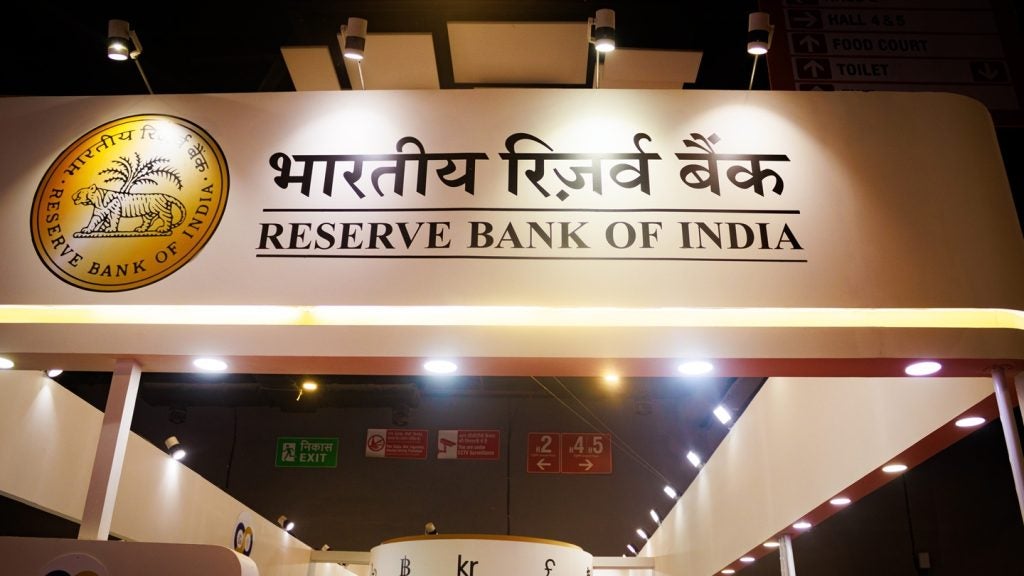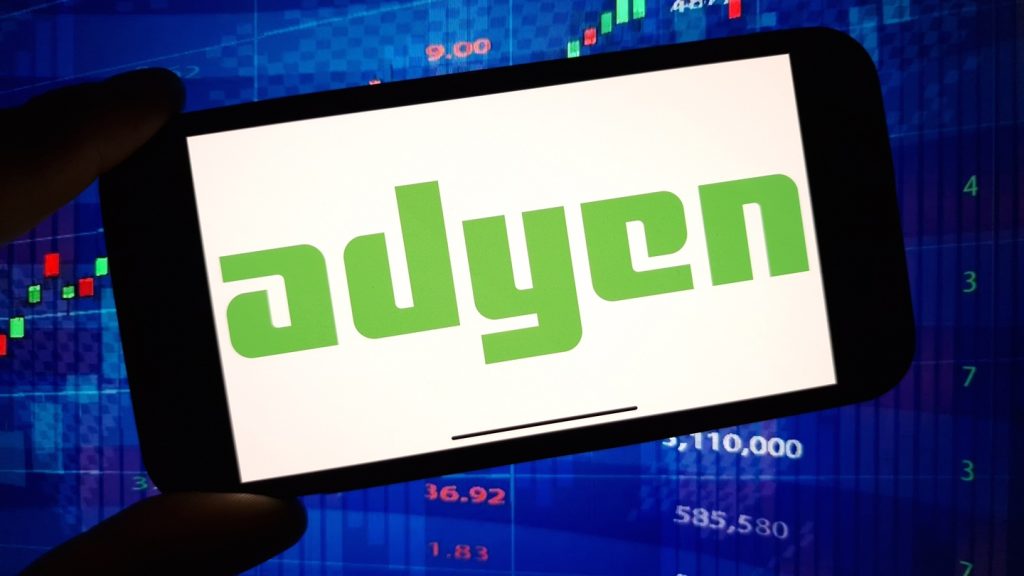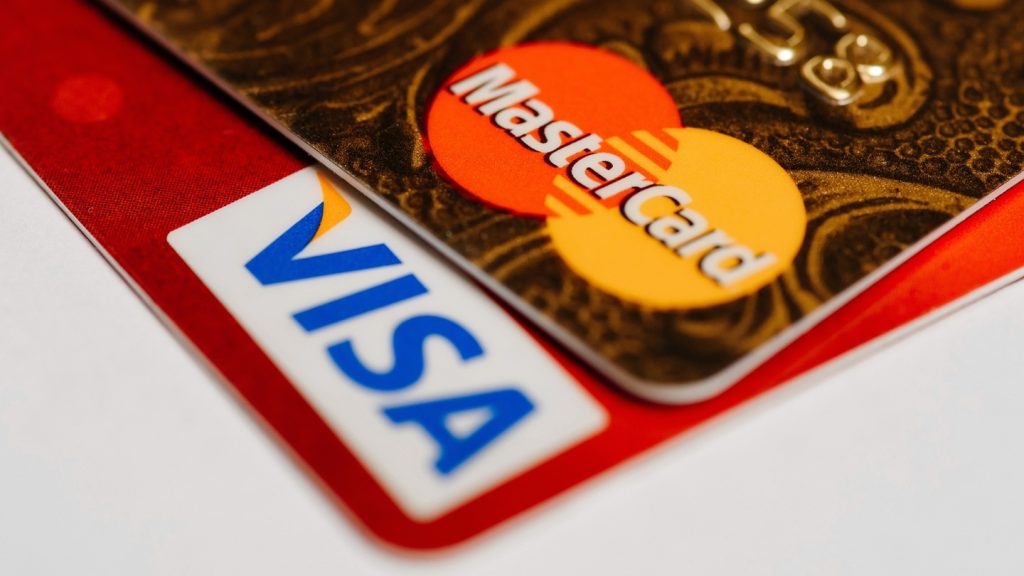Although cashless payments have overtaken the use of notes and coins, cash remains a preferred mode of payment for low-value transactions within merchant categories such as vending machines, supermarkets, confectionery, tobacco, newspapers, fast-food, pubs and coffee shops.
But we are now starting to witness some impressive growth in contactless.

Access deeper industry intelligence
Experience unmatched clarity with a single platform that combines unique data, AI, and human expertise.
In the six month period to the end of May 2015, the number of contactless transactions in the UK country grew by 150% year-on-year.
Major card issuers including Barclays, RBS, Lloyds, HSBC, Nationwide, Santander and American Express have all issued contactless cards.
One of the key drivers of contactless payments has been its introduction to London’s public transport system. In 2014, there were 17 million contactless payments in bus journeys and 14 million by rail.
According to Transport for London (TfL) on 13 March 2015 the number of contactless taps made on a single day across London’s transport network reached one million. Over 14% of all pay as you go journeys across TfL services are now made using contactless.

US Tariffs are shifting - will you react or anticipate?
Don’t let policy changes catch you off guard. Stay proactive with real-time data and expert analysis.
By GlobalDataSurge in number of contactless cards in issue
Just over 58.1 million contactless cards have now been were issued in the UK in 2014, including 36.9 million debit cards and 21.2 million credit and charge cards. As of December 2014, there were 215,380 contactless POS terminals in the UK, representing roughly 13% of the overall number of POS terminals. The number of contactless POS terminals increased by 23% from December 2013.
Despite this growth, research from Timetric (Contactless Cards in the UK, June 2015) notes that the volume of contactless card transactions accounted for only 2.1% of the overall payment card transactions in 2014.
Increase in spending limit to drive growth in contactless payments
To encourage contactless payments, from September 2015 the UK Cards Association will increase the spending limit on contactless transactions (without entering a PIN) from the existing £20 limit to £30.
The introduction of the new £30 limit will narrow the gap between contactless payments and the average card transaction value of £44.
Consumer awareness is also on the rise. A survey conducted by Verifone in 2015 found that 38% of London’s consumers are either ‘somewhat familiar’ or ‘very familiar’ with contactless technology.
The impending launch of Apple Pay in the UK will provide a further boost to contactless growth, in particular if consumers get the message that the service’s security features including tokenisation and TouchId make it more secure than competing solutions such as EMV.
ApplePay evangelists – of whom there are many inside the outside this office – would however do well to bear in mind two points. ApplePay transactions will also be subject to the £20 (soon to be £30 cap) and secondly, Apple remains a distant second to Android in terms of market share in the UK and Europe.
As of November 2014, Apple accounted for only 23.8% of smartphones in the UK, Germany, France, Italy and Spain, against 67% for Android.







